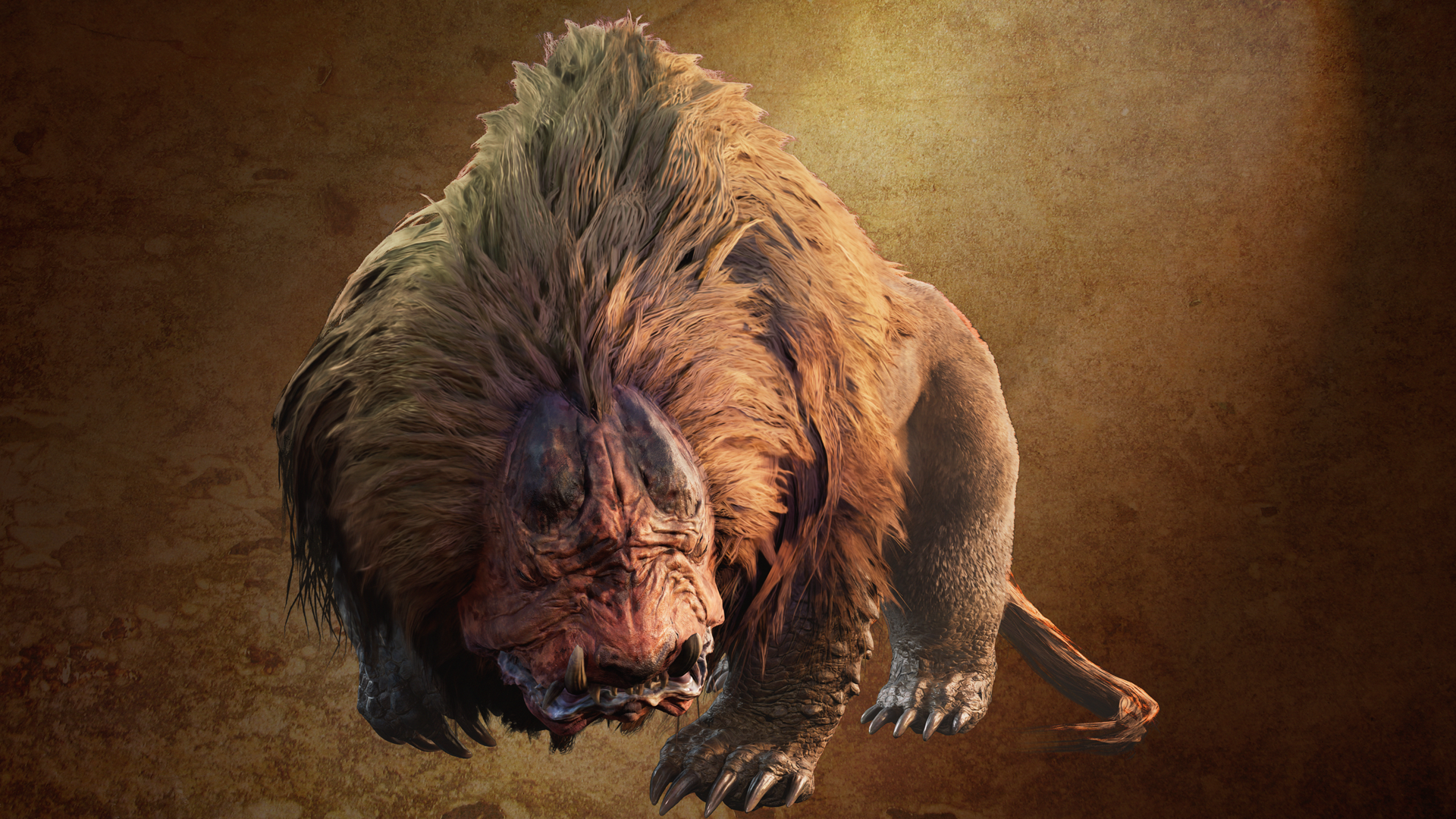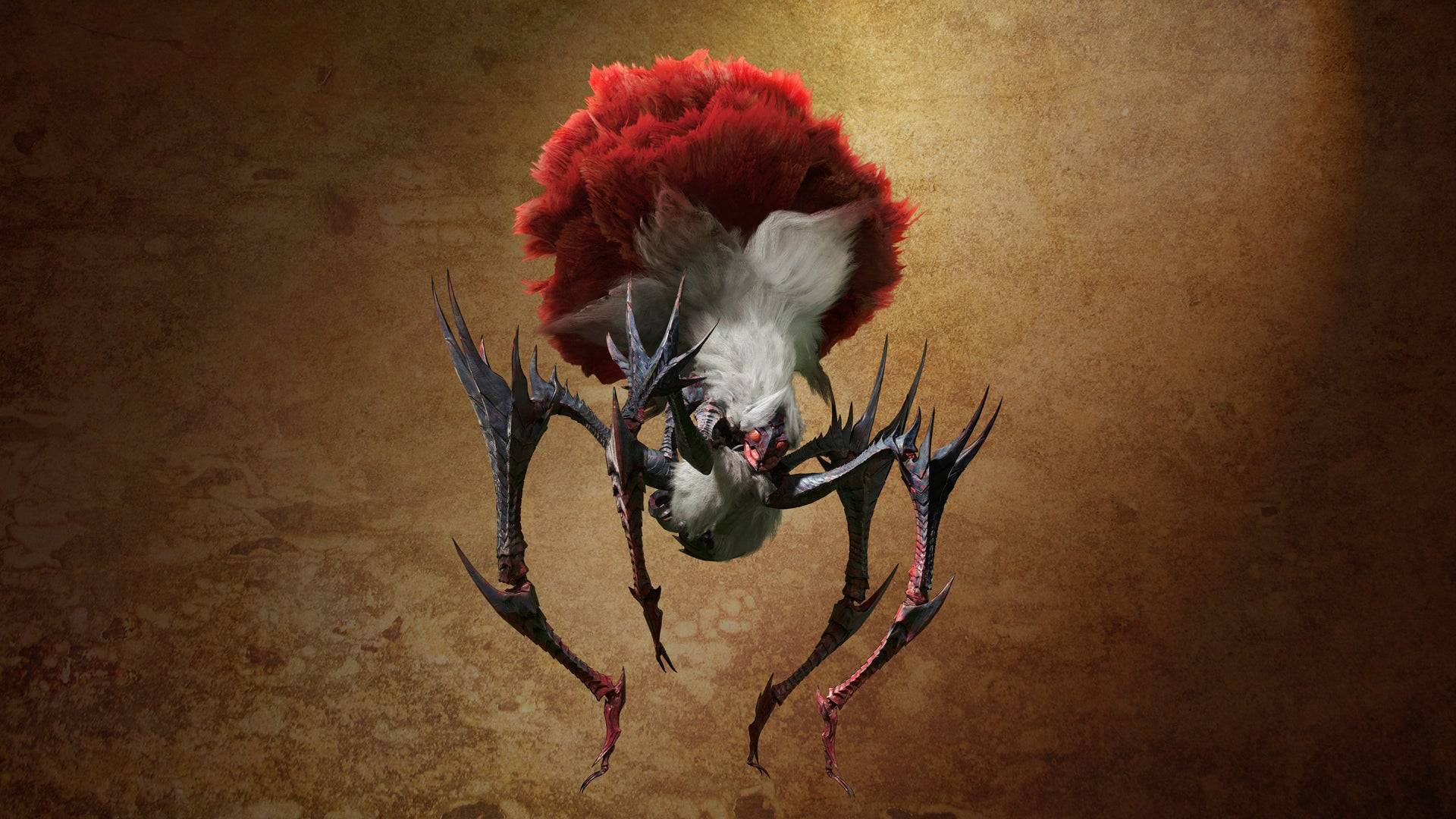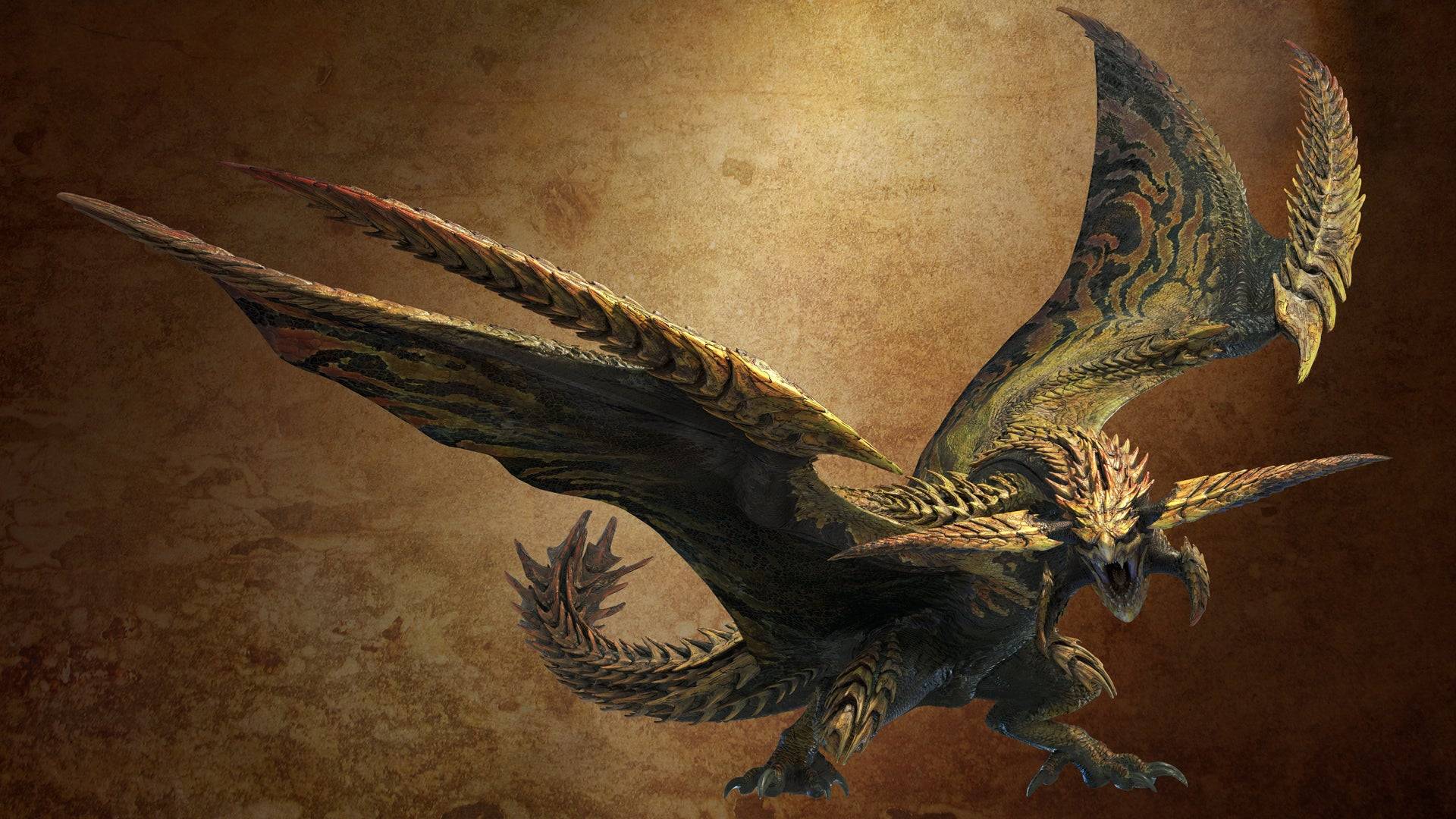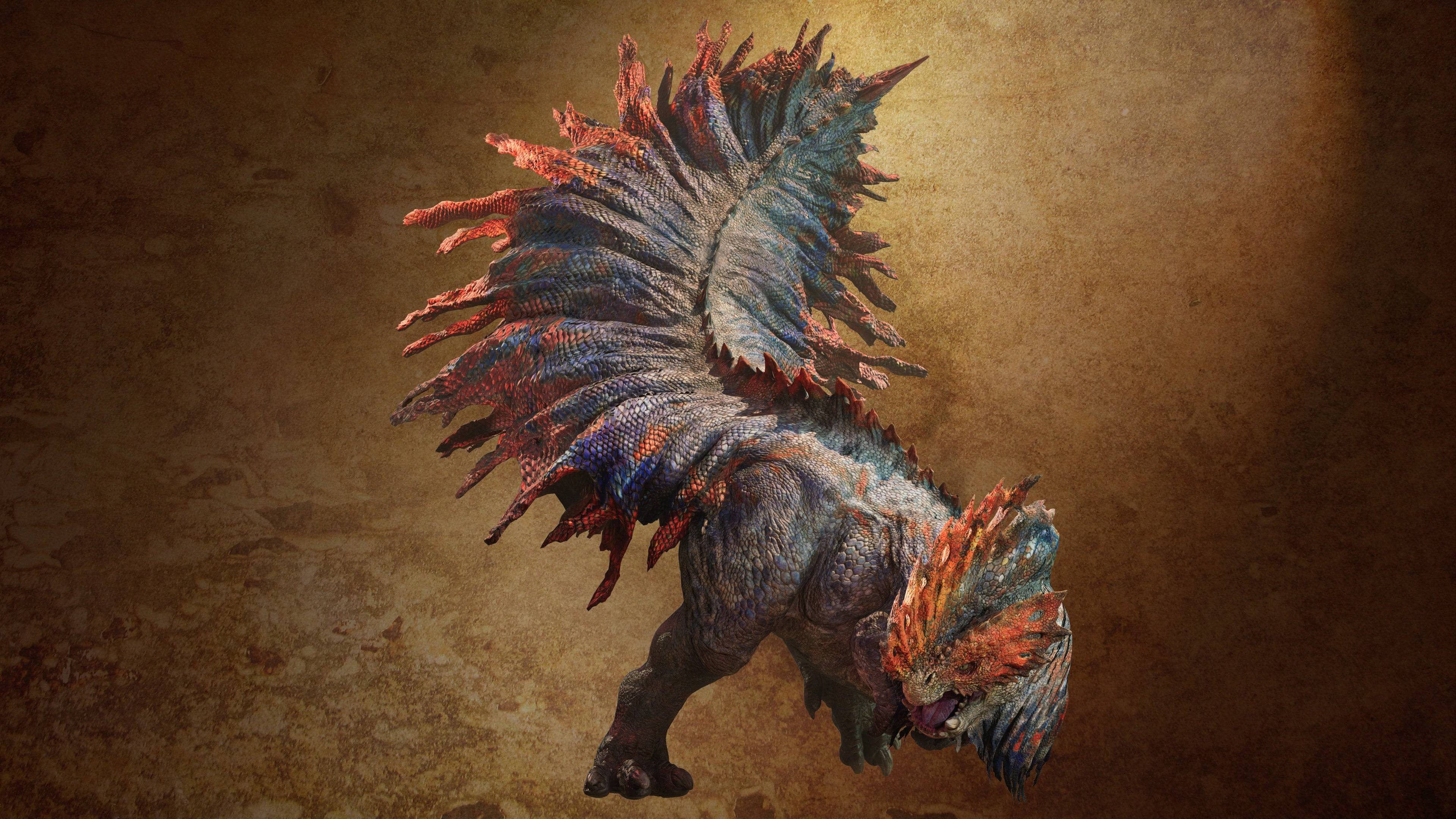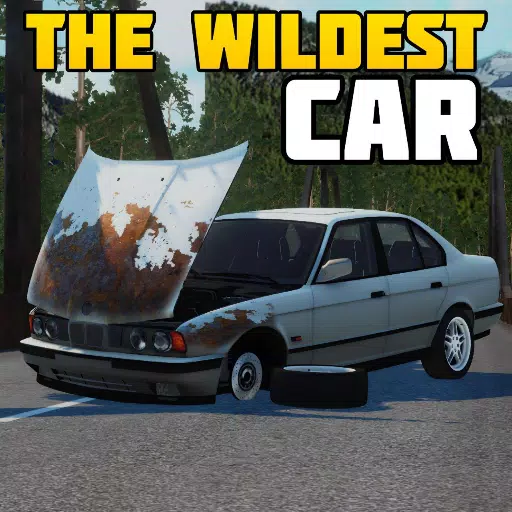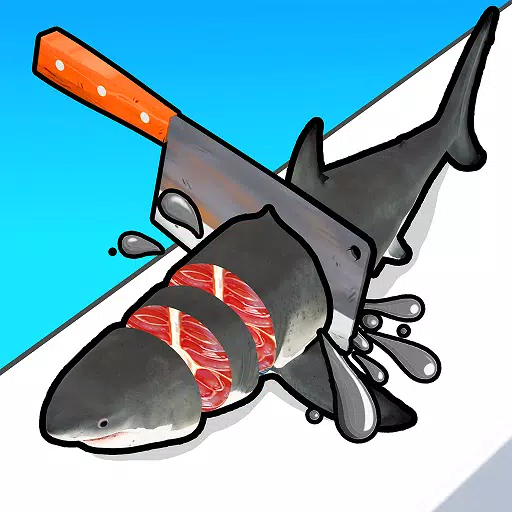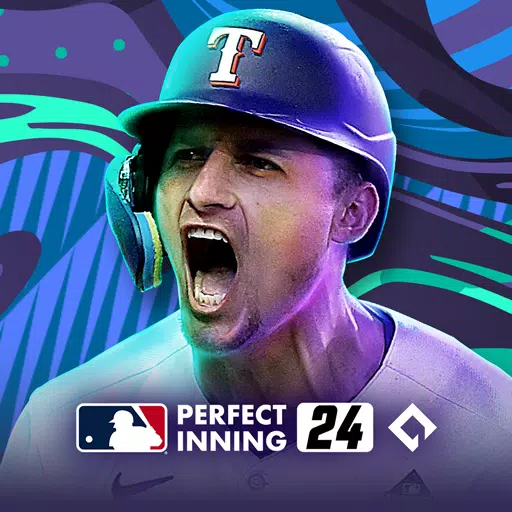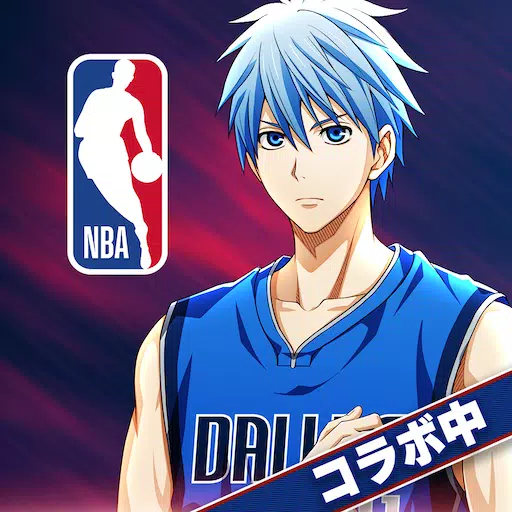From the arid deserts to the lush forests, blazing volcanoes, and icy tundras, the Monster Hunter series has always captivated players with its diverse ecosystems, each teeming with unique monsters. The thrill of exploring uncharted territories and engaging in the hunt is a cornerstone of the Monster Hunter experience, and this tradition continues with the latest installment, Monster Hunter Wilds.
In Monster Hunter Wilds, after navigating the Windward Plains and Scarlet Forest, adventurers will venture into the Oilwell Basin—a harsh landscape dominated by flames and oilsilt. At first glance, the Oilwell Basin might appear barren, but a closer look reveals the slow movement of small creatures navigating the mire. Scattered across this region are remnants of what seems to be an ancient civilization, adding an air of mystery to the environment.
Yuya Tokuda, director of both Monster Hunter: World and Monster Hunter Wilds, shares insights into the Oilwell Basin: "During the Fallow, the Oilwell Basin is filled with mud and oil. When the Inclemency known as the Firespring arrives, it burns away the oilsilt. During the Plenty, the burned oil and soot vanish, revealing minerals, microorganisms, and the original colors of the manmade artifacts hidden beneath."
Down in the Muck
The development team, led by Kaname Fujioka, the director of the original Monster Hunter and executive director and art director for Wilds, aimed to create a vertically connected locale in the Oilwell Basin. Fujioka explains, "We wanted to contrast the horizontally broad areas of the Windward Plains and Scarlet Forest. The Oilwell Basin changes subtly as you move through its top, middle, and bottom strata. Sunlight reaches the top, where oil gathers like mud, and as you descend, the environment grows hotter, filled with lava and other substances."
Tokuda adds, "From the middle to bottom strata, you'll encounter creatures reminiscent of aquatic life, similar to what you might find in deep seas or underwater volcanoes. We drew on the knowledge gained from creating the Coral Highlands' ecosystem in World to design the Oilwell Basin's unique creatures and ecosystem."
The Oilwell Basin transforms dramatically during different phases. During the Fallow and Inclemency, smoke billows from the region, resembling a volcanic or hot spring area. However, during the Plenty, it takes on a clear, marine-like appearance. Fujioka notes, "This region is home to creatures you'd expect to find on the ocean floor, highlighting the environmental biology."
The Oilwell Basin's ecosystem is distinct, relying on geothermal energy rather than sunlight and vegetation. Shellfish like shrimp and crabs thrive beneath the oilsilt, alongside small monsters that provide raw meat. These small monsters feed on microorganisms that derive energy from the earth's heat, supporting a food chain that sustains large monsters.
Among the unique creatures of the Oilwell Basin is Rompopolo, a globular monster with a noxious aura and a mouth lined with thin needles. Fujioka describes its design: "Rompopolo is a tricky monster that lives in swamps and uses toxic gas to create chaos. We were inspired by the concept of a mad scientist, which influenced its chemical purple color and glowing red eyes. The equipment crafted from Rompopolo is surprisingly cute, especially the Palico gear."
Tokuda adds, "The Rompopolo Palico equipment is indeed amusing. I encourage players to craft it and experience its charm firsthand."
Flames of Ajarakan
Another notable inhabitant of the Oilwell Basin is Ajarakan, a fiery gorilla-like monster with a slimmer silhouette compared to the Congalala of the Scarlet Forest. Ajarakan's martial arts-inspired movements and use of its fists set it apart from typical fanged beasts.
Tokuda explains, "We designed Ajarakan to have a top-heavy silhouette to emphasize its threat. We incorporated flame elements and grabbing attacks reminiscent of a wrestler to highlight its physical strength. It combines strength, physical attacks, and flames in its attacks, such as melting objects and tossing them at the hunter."
Fujioka adds, "Ajarakan's straightforward attacks make it a monster whose strengths are easy to understand. It uses punches and ground slams to create flames, showcasing its power through simple yet impactful moves."
Ajarakan holds a high position in the Oilwell Basin's ecosystem, contrasting sharply with Rompopolo's use of poison gas and oilsilt. Fujioka shares, "We wanted to give Ajarakan more personality, incorporating flames and heat into its design without simply making it breathe fire. We drew inspiration from the Buddhist deity Acala, creating a design where the monster seems to wear flames on its back. Its rising internal temperature allows it to melt anything in its path, adding depth to its character."
As development progressed, the team enhanced Ajarakan's moveset, adding dynamic techniques like jumping into the air, curling into a ball, and crashing to the ground.
A Monster Generations in the Making
Dominating the Oilwell Basin as its apex predator is Nu Udra, also known as the "Black Flame." With its octopus-like tentacles and body covered in flammable oil, Nu Udra embodies the region's fiery nature. Just as Rey Dau controls lightning in the Windward Plains and Uth Duna envelops itself in water in the Scarlet Forest, Nu Udra is cloaked in flames.
Fujioka confirms, "We drew inspiration from octopuses and aimed to create a striking silhouette with demonic horns, making it difficult to discern its face."
Tokuda adds, "Even the music during Nu Udra battles incorporates elements reminiscent of black magic, creating a unique auditory experience."
Nu Udra's tentacle movements echo those of previous monsters like Lagiacrus from Monster Hunter Tri. Both Tokuda and Fujioka have long desired to bring a tentacled monster to life, and Nu Udra represents the realization of that vision. Tokuda recalls, "I proposed an octopus-shaped monster for underwater combat in Tri, but technical limitations prevented its implementation. I've held onto that idea ever since."
Fujioka highlights the challenge of animating tentacled monsters: "We've always been interested in using monsters with unique movements to create memorable moments. While too many unique monsters can be overwhelming, introducing one at the right time leaves a strong impression, similar to encountering Yama Tsukami in Monster Hunter 2 (Dos)."
Tokuda nostalgically adds, "I placed Yama Tsukami in that game, though the technology at the time limited its actions compared to Nu Udra."
Nu Udra's design showcases the team's dedication to creating impactful monsters. Fujioka notes, "Nu Udra moves freely around the area, utilizing its cephalopod traits. This approach to gameplay is something we're trying for the first time."
Tokuda adds, "We decided to make Nu Udra the apex predator of the Oilwell Basin due to its significant impact."
The team faced technical challenges in animating Nu Udra, particularly in depicting its flexible body and movements through the terrain. Fujioka shares, "We worked extensively on depicting flexible bodies with Nu Udra. We challenge ourselves with ambitious ideas, and the final product is rewarding when we can bring them to life."
Tokuda recalls a memorable moment during development: "When we first implemented Nu Udra's movement into a hole, an animator eagerly showed it to me. It was a satisfying moment for both of us."
Fujioka expresses pride in the team's efforts: "The way Nu Udra squirms around while wrapped around a pipe is a testament to our staff's hard work. Only games can depict such real-time action, and I'm incredibly proud of it."
Facing Nu Udra in battle proves challenging, as its flexible body and numerous tentacles make it difficult to find openings. Tokuda advises, "Nu Udra's body is soft with many breakable parts. Hunters should focus on where to attack, as cutting off a tentacle shortens its area-of-effect attacks. It's a monster well-suited for multiplayer, where its targets are split."
Fujioka adds, "Nu Udra's design allows for an action-game approach, where destroying its parts brings you closer to victory. It's similar to facing Gravios, where breaking its armor reveals a way to defeat it."
A Welcome Reunion
Speaking of Gravios, this iconic monster from Monster Hunter Generations Ultimate makes a return in the Oilwell Basin. Its rocky carapace and hot gas emissions make it a fitting inhabitant of the region.
Tokuda explains the decision to reintroduce Gravios: "We wanted a monster that fits the Oilwell Basin's environment and offers a fresh challenge. Gravios's hard body and presence make it an ideal choice."
In battle, Gravios's hardness remains a defining feature, but the wound system and part breaking provide hunters with clues to defeating it. Tokuda says, "We wanted to maintain Gravios's distinguishing features while making it a late-game challenge. Hunters will discover more ways to defeat it as they progress."
While Gravios returns, its juvenile form, Basarios, will not appear in Monster Hunter Wilds. Fujioka notes, "Basarios will sit this one out. The team carefully considers which monsters to include, ensuring they enhance the game."
The Oilwell Basin promises an exciting hunting ground, filled with unique monsters and challenging environments. As players prepare to explore this new locale, the anticipation for Monster Hunter Wilds continues to build.
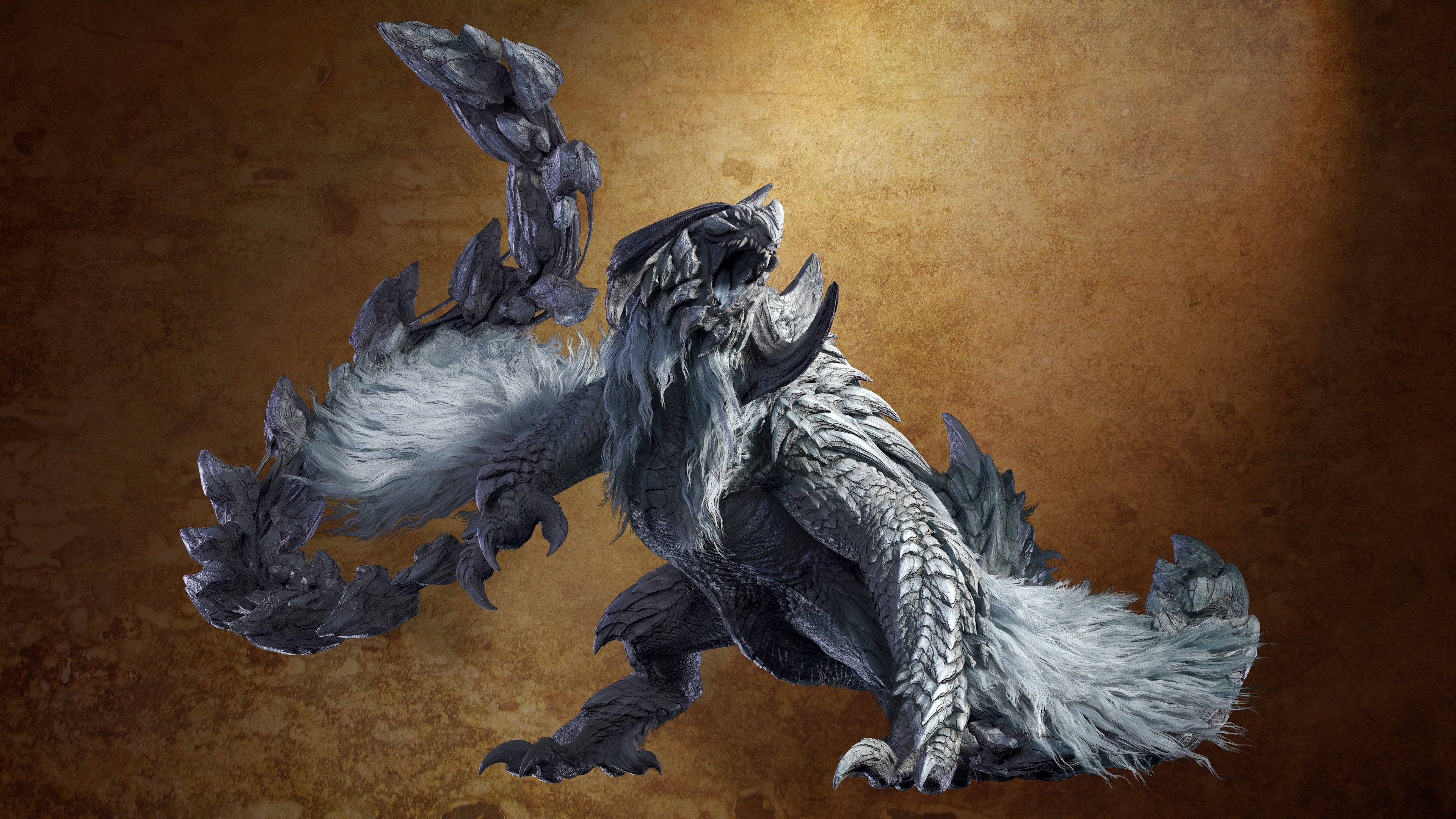
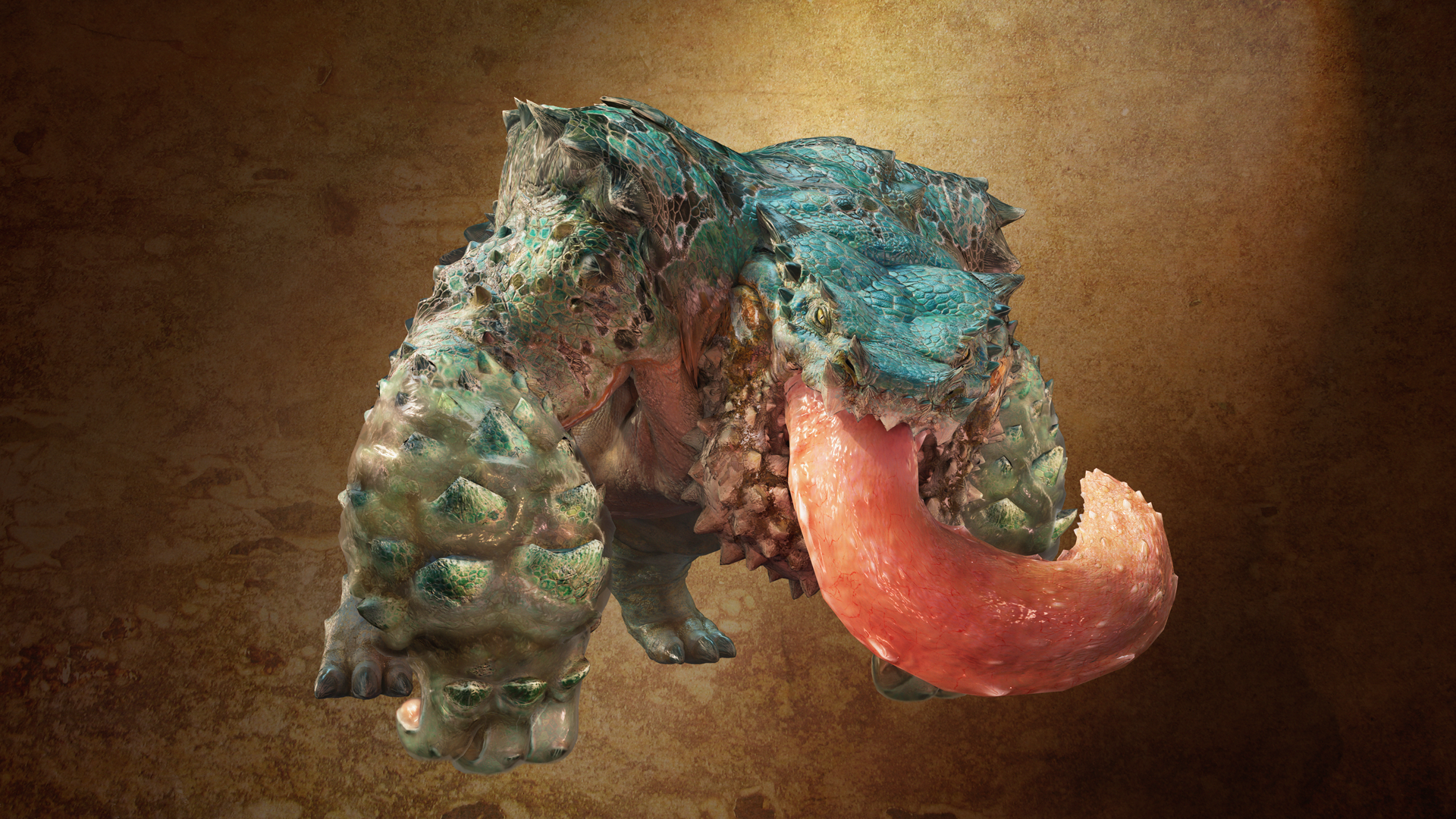 17 Images
17 Images